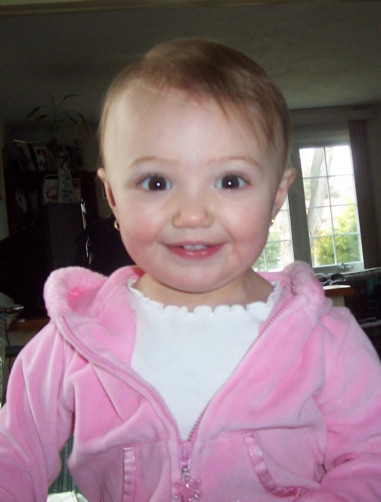Infancy
Dr. C. George Boeree
Although science generally avoids making value statements, in the
world
of psychology, one value is comfortably accepted by everyone: We
would like to know how best to raise children to become healthy, happy,
and productive people. This is what the field of developmental
psychology is all about.
Infancy is usually considered the first 2 1/2 years of life. The first two months of infancy is called the neonatal period. At this point, life is mostly a matter of satisfying one's basic needs: Enough milk (preferably mom's), staying warm and dry, and, of course, pooping. Lots and lots of pooping. More seriously, the infant needs to be protected from harm and infection, the latter being the greatest threat at this time of life.
In a way, the neonate (newborn) is a fetus out of his or her
element. A great deal of neurological development especially is
still
going on. Since the neurons are still reproducing and growing
their
axons, the neonate's nervous system retains a considerable amount of plasticity,
meaning
that there is relatively little specialization of
function.
If damage were to occur to a part of the brain, for example, another
part
of the brain could still take over.
Infancts can see at birth, but they are very nearsighted and can't
coordinate their eye movements. Hearing, on the other hand, is
already at work in the womb, by about the 20th week. Smell and
taste are sharp at birth, and babies have a preference for sweets,
which, not coincidentally, includes breast milk.
In the neonate, we can clearly see the presence of some basic reflexes, such as rooting (searching for mom's nipple) and the startle reflex. We can also see certain instinctual patterns: Infants seem to orient towards faces and voices, especially female ones, and seem to recognize their mother's voice and smell.
There have been many interesting experiments in this regard, and they use some interesting special techniques: Some videotape the babies face to keep track of where they are looking and how they are responding; Others use a special pacifier that keeps track of the rate of sucking. Babies suck more rapidly when they are experiencing something interesting.
One example of an experiment looked at babies responses to various
faces,
as represented by masks, similar to the ones pictured here:
The surprising finding was that the babies seemed pretty happy with
all the faces - even the "scary" one - except the one consisting of
one
eye. It would seem that the presence of two eyes is a key feature
for infants!
The most important psychological task for the infant is called attachment, meaning the establishment of a tight bond with mom, dad, and other significant people. This is our human version of the imprinting process we see in animals, where a baby animal learns to follow its mother. Since our infants can't walk, they make effective use of their parents' instincts to be attracted to babies, by cooing, gurgling, smiling, and generally acting cute.
Physical touch seems to be crucial to attachment. In
orphanages
in troubled countries, where there may be a significant shortage of
caregivers,
the infants are often deprived of physical contact with the
nurses.
Even when all their other needs are being met, the infants tend to
become
withdrawn and sickly and even die. Babies
need to be held and cuddled and loved.
Attachment is normally established by 8 months or so. Signs of
attachment include separation anxiety,
which
is common between 6 and 18 months old, and stranger anxiety, which is common
between 8 months and 24 months.
Middle infancy (about 2 to 15 months) is a period of rapid growth and weight gain. The nervous system is clearly pulling its act together, and the infant has a strong drive to move and make noise. Among its needs now are not only the presence of a loving adult, but opportunities to experience the environment and to explore it.
Inborn personality differences (called temperaments) become very clear: Some babies are easily upset or frightened, some quick tempered, some easygoing and calm; Some are active, restless, and fidgety, some quiet an lazy; Some like people, some are shy, some are independent.
From 15 to 30 months, we call the baby a toddler, from the
way
they walk. They are getting control over both their fine and
large
muscles, learning to speak, and learning to use the potty.
At the same time, they are developing a serious sense of independence,
strong likes and dislikes, and the ability to say no to their
parents.
This is where we get the notion of the "terrible twos." The
"threes"
aren't so easy either.

© Copyright 2003, 2005, 2009, C. George Boeree